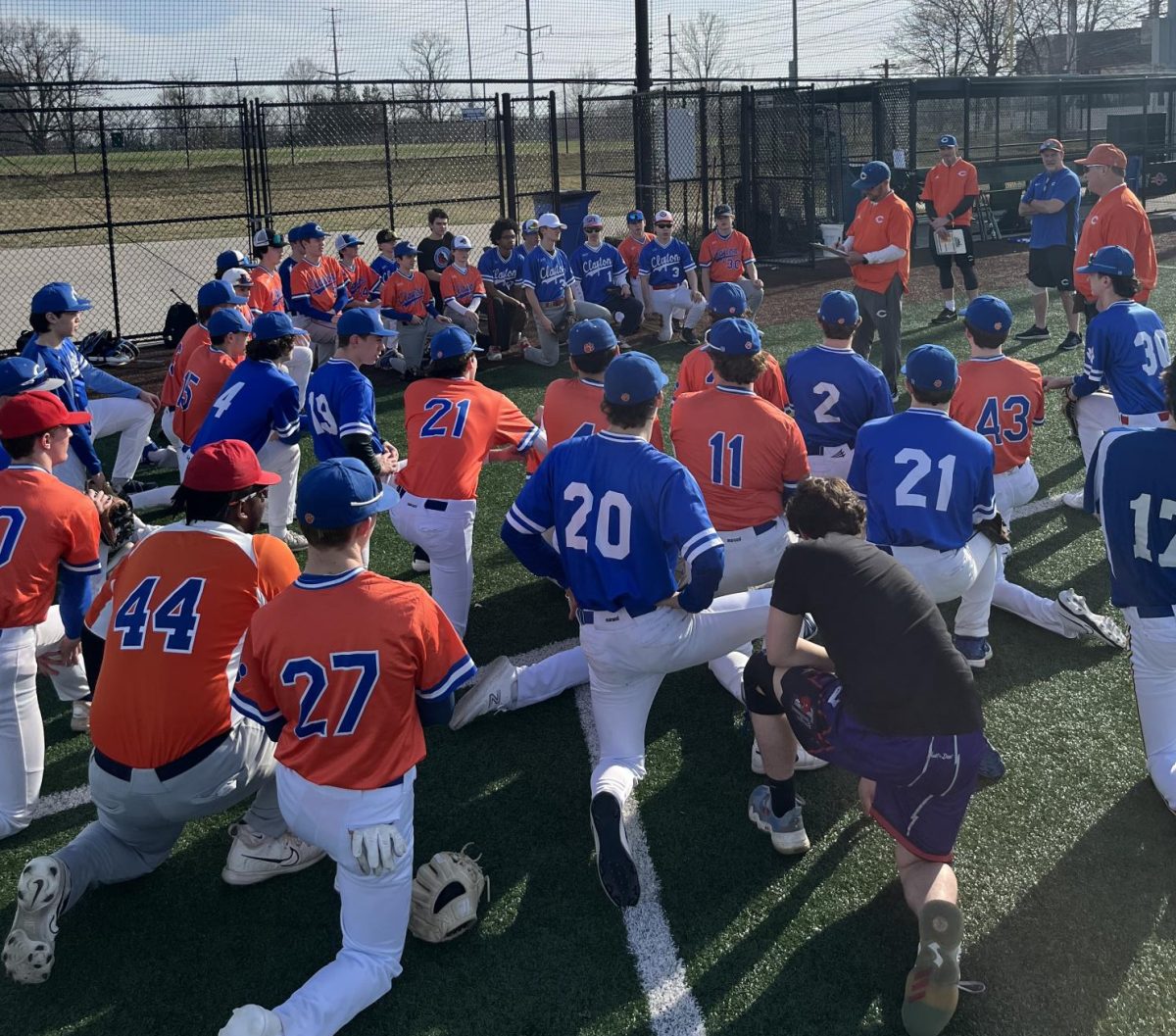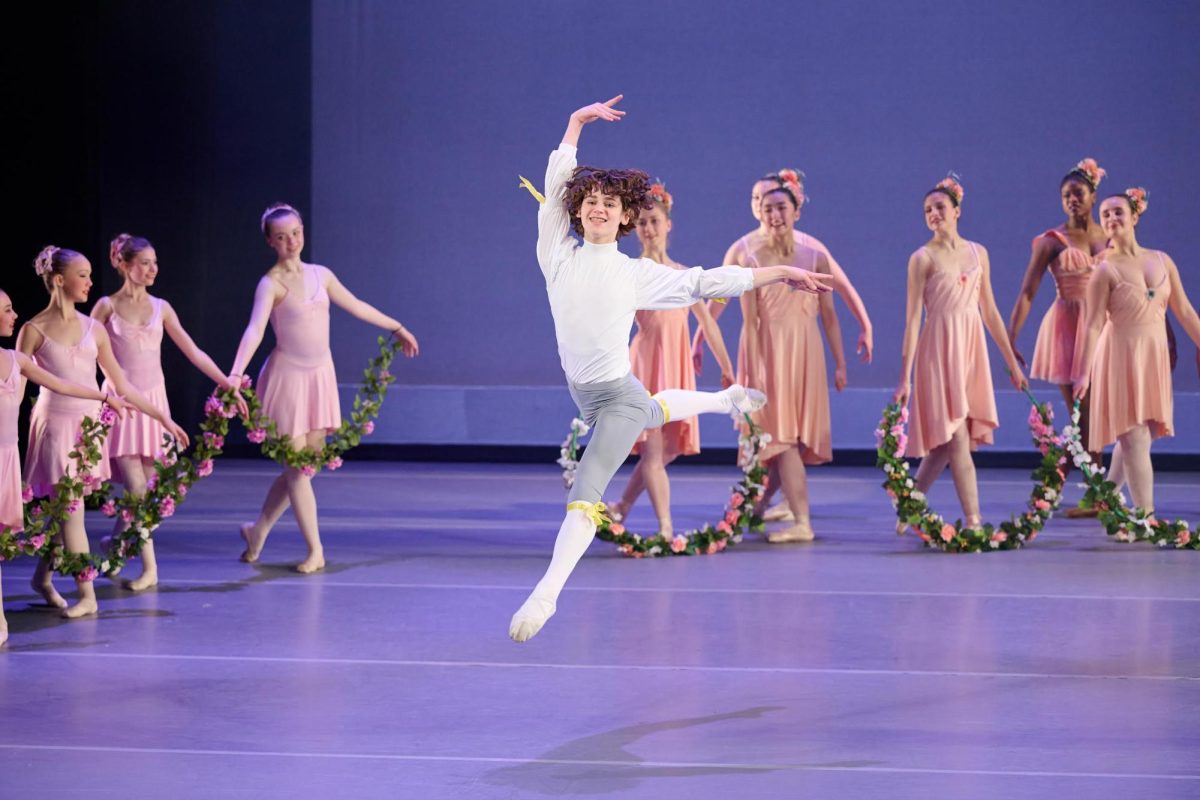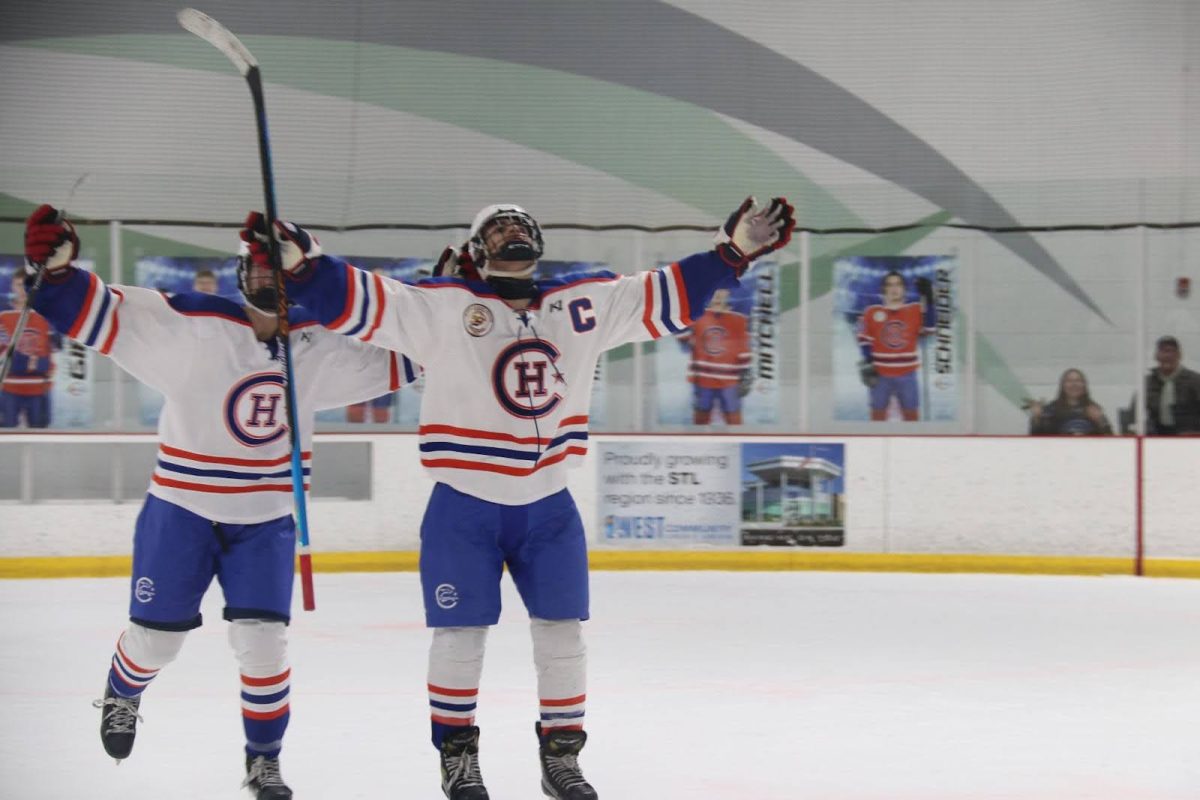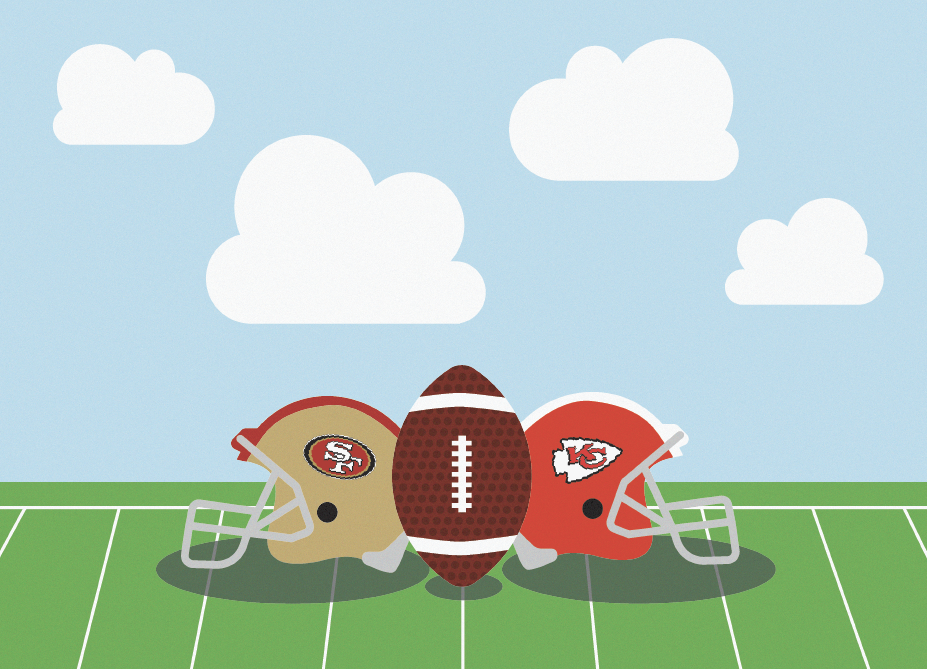Students pass by his office every day. His sits in the stands at every basketball game. He is also one of the most prolific scorers in college basketball history. His name is Bob Bone, Athletic Director at CHS.
Only one in seven CHS students that were surveyed were aware of his basketball career. After asking many other players on the freshman and junior varsity teams if they were aware that Bone played basketball at a high level, less than half were aware that he was a good basketball player. Only those on the varsity level were well aware of his successful college basketball career.
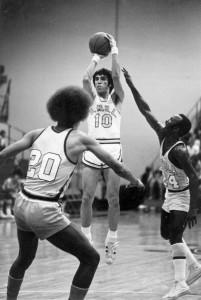
I first learned of Bone’s career when I was walking around the Mark Twain Athletic Complex at the University of Missouri St. Louis (UMSL), attending only for basketball camp. On one wall, next to all the other UMSL greats, was Bone. When I asked my dad if this was the same Bob Bone, my dad explained that Bone was one of the greatest college basketball players in his memory.
In four seasons at UMSL, Bone averaged over 26 points per game to score a grand total of 2678 points during his career from 1973 to 1977. In his senior season, he topped 30 points per game. In perspective, no Division One player has accomplished the feat of scoring 30 a game this season. He is not only the leading scorer in UMSL history, but he is also the career assist leader.
Bone attended Collinsville High School in Collinsville, Illinois, a suburb of St. Louis. He played under legendary coach Vergil Fletcher, who currently has the fourth most wins in Illinois high school basketball history.
“It was a great place to play basketball,†Bone said. “I played for the school which, at the time, had the most wins in high school basketball history. It was part of great tradition and it was a great program.â€
Out of high school, many schools in the Midwest, Division One and Division Two alike, recruited Bone. For Bone, UMSL offered something other schools did not.
“It gave me the opportunity to start all four years,†Bone said. “They also let me play baseball, which was a big bonus.â€
Today, people might question Bone’s decision to attend a Division Two school. He defended the decision he made almost 40 years ago.
“You never know what could have happened at a big division one school,†Bone said. “I may not have gotten any playing time at a bigger school. I was also only a kid at the time, and I don’t know if I would have made the same decision today.â€
Bone also mentioned that the national scope for college basketball was smaller at the time due to lack of the internet and fewer games broadcasted on television.
Bone immediately became a scorer at UMSL. Even with no three point line, he averaged over 20 points per game his freshman year.
“Our offense gave me opportunities to shoot, so that’s what I did,†Bone said. “My biggest assets were quickness, speed, determination and mental toughness.â€
Bone also excelled on the baseball field at UMSL as a second baseman. In addition to being picked as an All-American three times for basketball, he was on the All-American team for baseball after his junior year.
“I think the mental toughness helped in both basketball and baseball,†Bone said.
Though Division Two schools normally do play other Division Two schools, a game versus a Division One school is often placed into the schedule. While Bone was at UMSL he faced Indiana State, a very good Division One team that featured future NBA great Larry Bird. In a losing effort, Bone scored 38 points, and Bird had 48.
“Playing against Larry Bird was definitely a highlight,†Bone said. “It was a great game.â€
After Bone’s senior year, he was given a huge honor for a college basketball player of any level. He was selected to play in the East-West All Star game. The twenty top college basketball players were selected from across the country, and Bone was selected as one the players, the only player representing Division Two basketball.
Today, a college player not drafted might decide to play basketball in Europe or try the NBA Development (D) League. In the 1970s, however, players did not have such options.
“I had the opportunity to attend NBA tryout camps,†Bone said. “However, I received a post-graduate scholarship, and to try out for an NBA team, I would have needed to sacrifice my scholarship.â€
His playing career ended after college, but he returned to the game to coach for another 30 years. After being an assistant coach at Southern Illinois University Carbondale and Saint Louis University for a year each, he became head coach at East-Central Jr. College for five years. From there, he made the move back to Collinsville High School to coach.
“My original plan was to stay in college coaching, but my kids changed my perspective,†Bone said. “I wanted to see my kids grow up, and being a Division One coach makes this difficult. Moving to Collinsville to coach was the right move for me at the time.â€
Bone noted his time coaching at Collinsville was another highlight of his career.
“I got to see my kids in high school,†Bone said. “I also had the privilege of coaching both my sons.â€
At a big basketball school like Collinsville, the team was expected to perform well.
“Athletics are taken very seriously in Illinois’ high schools, it is a lot different from here,†Bone said. “We played powerhouse basketball schools featuring future NBA players such as Vince Carter and Darius Miles on a yearly basis. However, the joy from winning was much less than the pain from losing. Losses took their toll.â€
After coaching for 27 years, Bone stepped down from his position and left Collinsville. He then joined the Clayton staff as Athletic Director.
“I was done with coaching,†Bone said. “I had coached long enough. Basketball had been such a big part of my life for so long, it was time for me to get out.â€
Though he does not plan on going back into coaching in the future, Bone is thankful for basketball having been part of his life.



